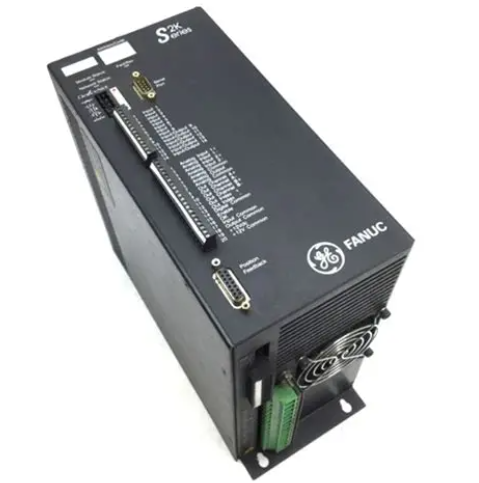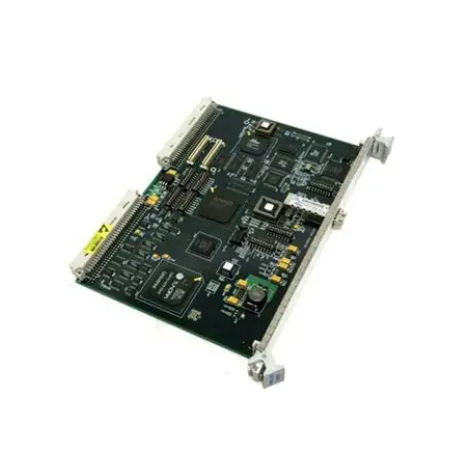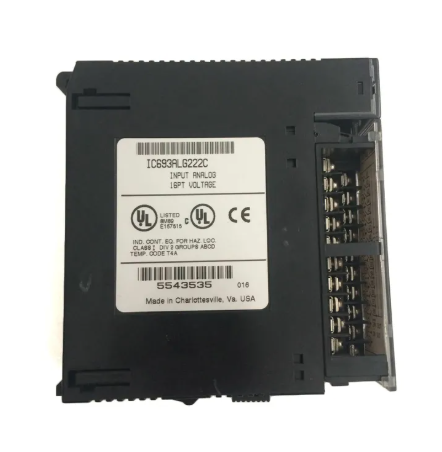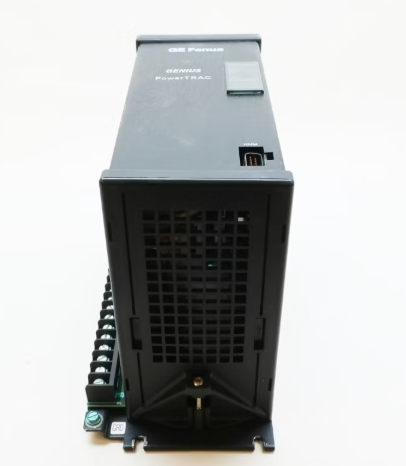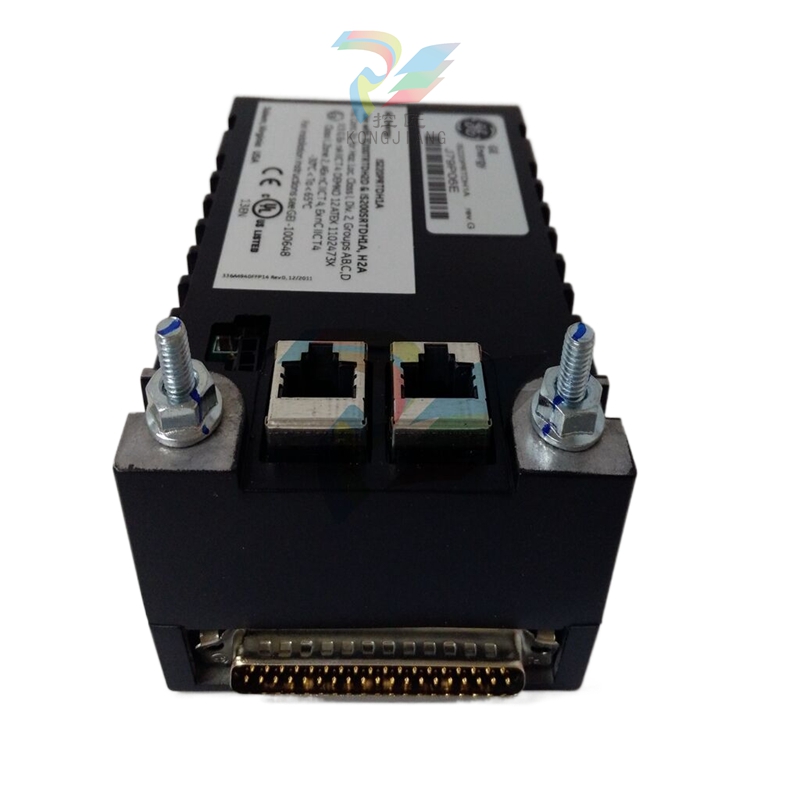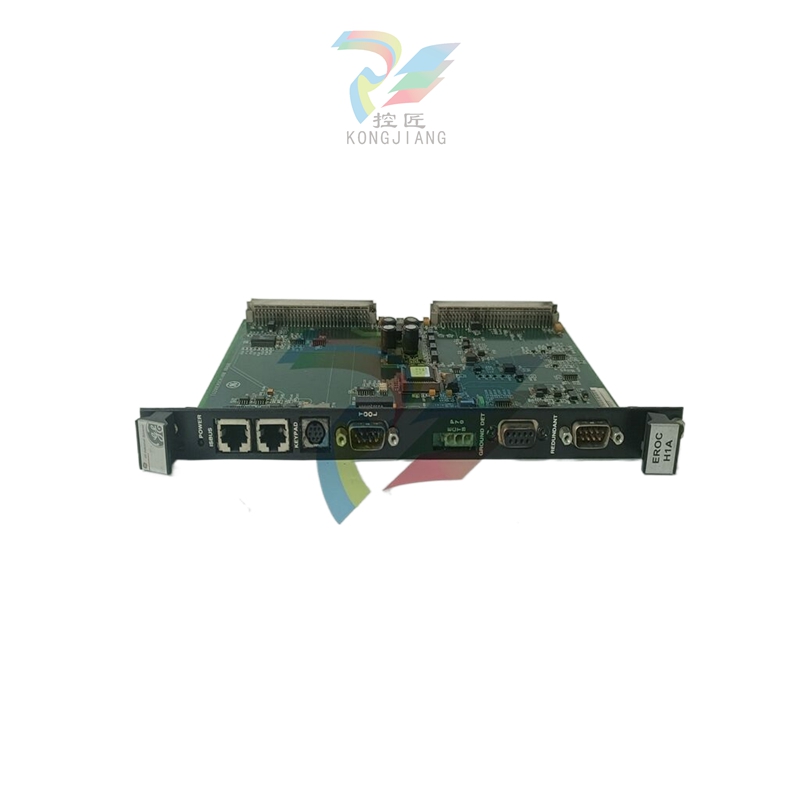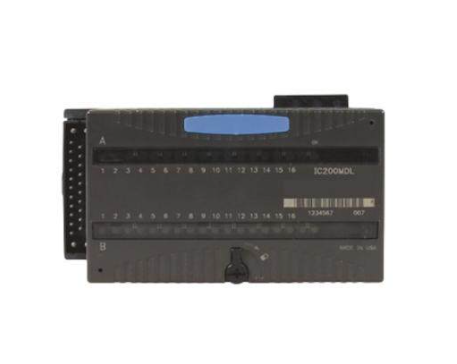Green Future: Key differences between gas and oil
Mankind's pursuit of a green future has never stopped, and the transition from petroleum fuel to natural gas fuel is undoubtedly a key part of this process. Among all kinds of energy sources, liquefied natural gas (LNG) is increasingly favored by people for its advantages of low carbon emissions, low sulfur content, high energy density and easy availability. In recent years, driven by a variety of factors, many carbon-based fuels are facing the problem of tight demand, but LNG has become one of the fastest growing fuels in the world.
The status of fossil fuels
Since the COVID-19 pandemic, demand for fossil fuels in all sectors has seen a significant reduction. However, LNG has not been challenged by the same decline in demand as oil and coal, on the one hand, due to the strong promotion of the use of LNG for power generation, on the other hand, also thanks to the relatively stable consumption of domestic LNG.
In order to meet the carbon emission targets set by the Paris Agreement, global greenhouse gas (GHG) emissions still need to be significantly reduced, which has become a general consensus in the field of global industrial life. In response to carbon emission restrictions, more and more energy and shipping companies are choosing LNG as their primary fuel. In recent years, LNG has become a major alternative to petroleum fuels and is highly competitive in both economic and environmental terms.
Fossil fuels play an extremely important role in the power industry
Currently, natural gas, oil and coal account for more than 80% of total global energy consumption, with 2019 data showing their share of 22.9%, 31.3% and 25.6%, respectively. The applications of coal, petroleum and its derivatives, and natural gas are often similar, but each has different characteristics. This paper will focus on some of these characteristics and the future development trend of oil and gas.
Oil versus gas
Natural gas is a gaseous hydrocarbon composed mainly of methane and a small amount of ethane. Similar to natural gas, oil is also a relatively broad concept, mainly including rock oil, mineral oil and crude oil. The petroleum mentioned in this article mainly refers to crude oil, a natural mineral resource that can be used to refine gasoline, diesel and other petrochemical products.

Crude oil can be classified according to drilling location and indicators such as sulfur content and API severity. API heavy classification classifies crude oil into light and heavy oil based on the density of the hydrocarbons it contains relative to water. Another classification method divides crude oil into six grades according to its viscosity, boiling point and the length of its carbon chain. The higher the grade, the greater the index. This classification method is widely used in the United States.
The main components of natural gas are methane and ethane, which contain one and two carbon atoms (CH4) and four and six hydrogen atoms (C2H6), respectively, both of which are simple hydrocarbons. The six-level method for classifying crude oils usually begins with hydrocarbons with C-chain lengths 9-16. Methane and ethane have the highest calorific value of all hydrocarbons, so the thermal efficiency of natural gas is generally higher than that of petroleum-based fuels.
The price of petroleum-based fuels is usually inversely proportional to their grade, for example, Grade 1 fuel (also known as jet fuel) is more expensive than grade 6 fuel (also known as heavy oil HFO). The latter is the main fuel for large ships such as cruise ships. Marine light diesel (MGO) and Marine Heavy diesel (MDO) correspond to Class 2 and Class 3 fuels, respectively, and are also common Marine fuels.
While many carbon-based fuels have faced declining demand in recent years, LNG is one of the fastest growing fuels in the world today. Compared with petroleum fuels, LNG has the advantages of higher energy density, lower sulfur content and lower carbon emissions, so it becomes one of the best choices to replace other polluting fuels in the process of energy green transition. In addition, LNG accounts for only 1/600 of the volume of gaseous natural gas, making it ideal for maritime transport.
Small LNG carriers will play an increasingly important role in the future energy system
As energy commodities, the prices of oil and gas are usually correlated and affect each other. This price relationship is called "commodity spread". Market participants always try to maximize the profit from the price difference between the two. This means that if the price of one of the two goods rises, the demand for the other increases. Clearly, oil and gas are closely linked in terms of chemical composition, application and market value. But in terms of environmental protection and energy efficiency, natural gas has more advantages than oil. Since the International Maritime Organization (IMO) issued new regulations on environmental protection in 2020, the fuel pollution profile has become one of the key concerns of the shipping sector.
Impact on the shipping industry
Shipping plays a vital role in global trade. According to statistics, 80% to 90% of the total global trade is achieved by sea, and its proportion is continuing to expand. In addition, sea transport is one of the most profitable modes of cargo transport. Although from the ton-kilometer perspective, sea transport has obvious advantages over other modes of transport. However, there is still much room for improvement in terms of pollutants and greenhouse gas emissions. In terms of Marine fuels, most trading fleets around the world use Marine fuel (such as HFO) as the main engine, while auxiliary engines usually use distilled fuel (such as MGO or MDO).
- EMERSON
- Honeywell
- CTI
- Rolls-Royce
- General Electric
- Woodward
- Yaskawa
- xYCOM
- Motorola
- Siemens
- Rockwell
- ABB
- B&R
- HIMA
- Construction site
- electricity
- Automobile market
- PLC
- DCS
- Motor drivers
- VSD
- Implications
- cement
- CO2
- CEM
- methane
- Artificial intelligence
- Titanic
- Solar energy
- Hydrogen fuel cell
- Hydrogen and fuel cells
- Hydrogen and oxygen fuel cells
- tyre
- Chemical fiber
- dynamo
- corpuscle
- Pulp and paper
- printing
- fossil
- FANUC
- Food and beverage
- Life science
- Sewage treatment
- Personal care
- electricity
- boats
- infrastructure
- Automobile industry
- metallurgy
- Nuclear power generation
- Geothermal power generation
- Water and wastewater
- Infrastructure construction
- Mine hazard
- steel
- papermaking
- Natural gas industry
- Infrastructure construction
- Power and energy
- Rubber and plastic
- Renewable energy
- pharmacy
- mining
- Plastic industry
- Schneider
- Kongsberg
- NI
- Wind energy
- International petroleum
- International new energy network
- gas
- WATLOW
- ProSoft
- SEW
- wind
- ADVANCED
- Reliance
- YOKOGAWA
- TRICONEX
- FOXBORO
- METSO
- MAN
- Advantest
- ADVANCED
- ALSTOM
- Control Wave
- AB
- AMAT
- STUDER
- KONGSBERG
- MOTOROLA
- DANAHER MOTION
- Bently
- Galil
- EATON
- MOLEX
- Triconex
- DEIF
- B&W
- ZYGO
- Aerotech
- DANFOSS
- KOLLMORGEN
- Beijer
- Endress+Hauser
- MOOG
- KB
- Moxa
- Rexroth
- YAMAHA
- Johnson
- Westinghouse
- WAGO
- TOSHIBA
- TEKTRONIX


Email:wang@kongjiangauto.com

















































































































